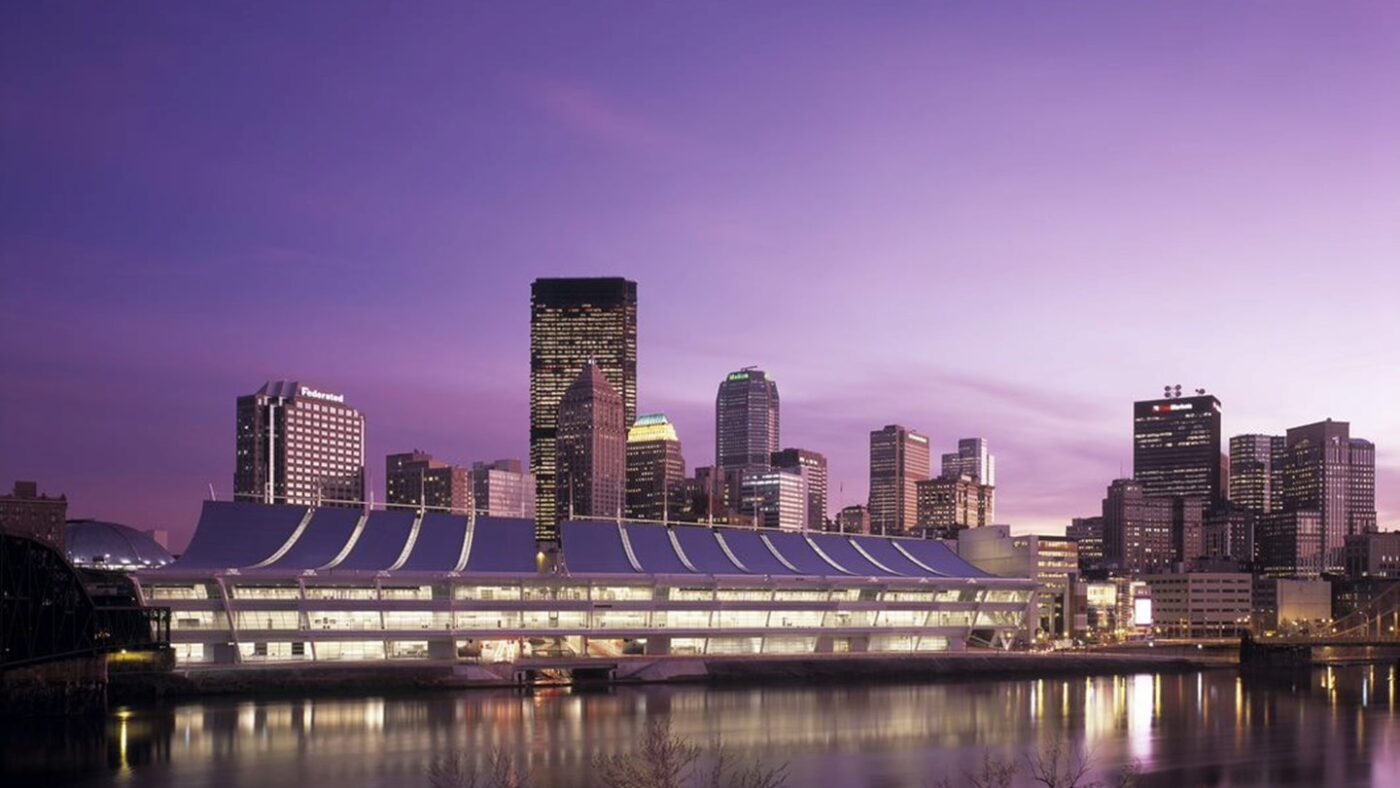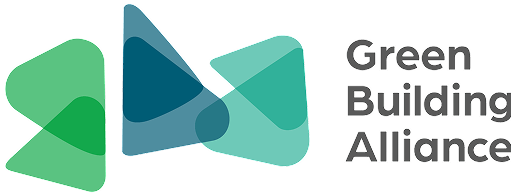David L. Lawrence Convention Center
One of Pittsburgh’s hallmark green buildings, the David L. Lawrence Convention Center (DLCC) has garnered national and international attention and acclaim for Pittsburgh and Western Pennsylvania.

When it opened in 2003, the DLCC was the world’s largest green building and the first LEED-certified convention center in the world. From 2009 through 2011, GBA led a local project that analyzed the DLCC’s green features, performance, and operations.
Constructed with public money and owned by a public authority, the David L. Lawrence Convention Center was designed by architect Rafael Vinoly with features that balance both aesthetic quality and operational efficiency. With a sweeping roof skyline inspired by the great bridges of Pittsburgh, it was the first convention center in the United States built with a strong commitment to environmental principles such as natural lighting and ventilation, energy efficiency, water reclamation, and recycling.
LEED was integrated into the design of the building from its inception. To further the environmental goals of the building, the Heinz Endowments provided $7 million in grants and loans, administered by the Green Building Alliance (GBA), for costs associated with green building consultation services, commissioning, and integration of green technologies. In 2003, upon completion, the DLCC became the first convention center to be certified LEED Gold® for Building Design and Construction. The DLCC was one of only 75 LEED New Construction certified projects and the largest building to get LEED certification at the time.
In 2012, the DLCC initially earned LEED Platinum® for Existing Buildings: Operations and Maintenance (O+M) which focuses on building operations and maintaining operational sustainability. Focusing on efficiency in operations is important because during the lifetime of a building they contribute more to energy and resource use than the building’s original construction. The commitment to sustainability at the DLCC is practiced every day by reducing energy and water use, purchasing recycled products, and diverting refuse away from the landfill and towards recycling and composting, among other things.
In 2012, the SEA completed its new interior office space, located within the DLCC. The location was previously a storage area. The SEA Office earned LEED Platinum® for Commercial Interiors (CI) in April 2013.
In order to maintain LEED for Existing Buildings: O+M, re-certification is required every 5 years to show that sustainable operations continue at a high level. The DLCC was re-certified LEED Platinum for Existing Buildings: O+M in 2017, and in 2023, the DLCC was recertified as LEED v4.1 O+M Gold. LEED v4.1 O+M projects need to be recertified every three years and ongoing data collection, indoor air quality testing, and occupant surveys occur annually. Read more in the DLCC 2023 SustainabilityReport here.
——————————————————–
DLCC Building Performance Case Study Final Report (2011)
In April 2012, the DLCC achieved LEED Platinum for its operations and maintenance under LEED-EBOM – the first convention center to do so and the largest building in the world to be LEED certified across its life cycle at a Gold or higher level.
Starting in 2009, GBA led the process to frame, fund, and perform this building operations and performance case study. The DLCC case study project team included:
- Carnegie Mellon University, Center for Building Performance and Diagnostics
- Civil and Environmental Consultants, Inc.
- CJL Engineering
- evolve environment::architecture (evolveEA)
- Green Building Alliance
- SMG
- Sports and Exhibition Authority of Pittsburgh and Allegheny County (SEA)
The DLCC is owned by SEA and is operated by SMG, which manages event venues all over the world. The case study was primarily funded by The Heinz Endowments, with support from SEA.
The full DLCC building performance report evaluates the DLCC’s performance, benchmarks it against other convention centers, and provides recommendations to improve operations and marketing efforts. One highlight from the study was that 38% of DLCC revenues since 2006 have come from green-seeking events, which brought approximately $144 million in direct spending to the region. It was also demonstrated that the DLCC is operating more efficiently than initial energy models predicted and is a leader in water use, waste source reduction, and overall occupant satisfaction.
Accounting for both electricity and steam use, since 2005 the DLCC has saved between 20 million to 25 million kWh, which represents an average annual energy savings of 15.5% and translates to a reduction of 15,000 to 19,000 tons of greenhouse gas emissions. Based on average utility rates from 2005 to 2010, this equates to over $2.1 million in utility cost savings, comparable to removing over 3,000 cars from the road for a year or eliminating the amount of electricity required to power in excess of 2,000 homes annually.
For More Information:
Download:
DLCC Building Performance Case Study Final Report (November 2011) (PDF)
